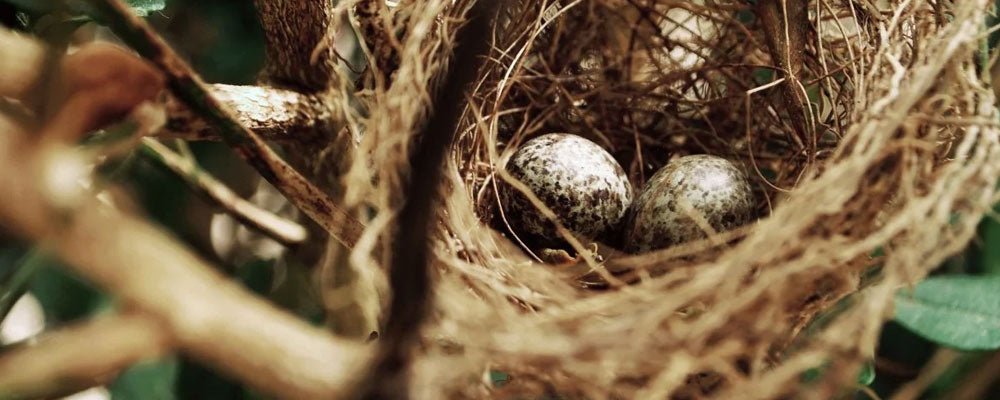
How do birds mate, nest & rear chicks?
Birds vary in their nesting habits, some constructing very simple nests and others making elaborate ones. All birds reproduce by laying eggs, which are covered with a hard, calcareous shell. The number of eggs laid at a time, known as the clutch size, varies between species, as does egg coloration.
How do birds mate?
For most birds, mating is a brief process. The male usually mounts the female, twisting his rump so that the cloacas, or body openings, of the two birds touch for a second. Spermatozoa swim up the hen's reproductive tract, and fertilize the ova at an early stage in the process.
Generally, only one mating is required to fertilize a clutch of eggs. Hens can also lay unfertilized eggs if no male is around, but these eggs will not hatch however long they are incubated.
The period between mating and egg-laying varies according to species. In small birds, the interval may be as little as ten days, while in larger species such as owls, it may be several months.
How do birds build nests?
Most birds construct their nests from vegetation, depending on which materials are locally available. In coastal areas, some seabirds use pieces of seaweed to build theirs. Sadly even artificial materials such as plastic wrappers or polystyrene may be used by some birds by mistake.
Different types of birds build nests of various shapes and sizes, which are characteristic of their species. Groups. such as finches build nests in the form of an open cup, often concealed in vegetation. Most pigeons and doves construct a loose platform of twigs. Swallows are among the birds that use mud to construct their nests. They scoop muddy water up from the surface of a pond or puddle, mould it into shape on a suitable wall, and then allow it to dry and harden like cement.
The simplest nests are composed of little more than a pad of material, resting in the fork of a tree or on a building. The effort entailed in nest construction may reflect how often the birds are likely to nest. The platforms of pigeons and doves can actually disintegrate quite easily, resulting in the loss of eggs or chicks. However, if disaster does befall the nest, the pair will often breed again within a few weeks.
Cup-shaped nests are more elaborate than platform nests, being usually made by weaving grasses and twigs together. The inside is often lined with soft feathers. The raised sides of the cup nest lessen the likelihood of losing eggs and chicks, and also offer greater security to the adults during incubation.
The hollow in the nest's centre is created by the birds compressing the material here before egg-laying begins. Suspended nests enclosed by a domed roof offer even greater security. They are less accessible to predators because of their design and also their position, often hanging from slender branches.
How do birds choose where to nest?
Many birds use tree holes for nesting. Woodpeckers (picidae) are particularly well equipped to create nesting chambers, using their powerful bills to enlarge holes in dead trees. The diameter of the entry hole thus created is just wide enough to allow the birds to enter easily, which helps to prevent the nest being robbed.
Some birds rely on the safety of numbers to deter would-be predators, building communal nests that are occupied by successive generations and added to regularly. Rooks are highly social corvids. Their communal sites, known as rookeries, may contain several hundred nests.
Birds that nest on the ground are especially vulnerable to predators and rely heavily on their fairly drab plumage as camouflage. Skylarks (Alauda arvensis) have another means of protecting the nest they hold one wing down and pretend to be injured to draw a predator away.
Some birds return to the same nest site each year, but many birds simply abandon their old nest and build another. This may seem a waste of effort, but it actually helps to protect the birds from parasites such as blood-sucking mites, which can otherwise multiply in the confines of the nest.
How do cuckoos build nests?
The common cuckoo (cuculus canorus) simply lay and abandon their eggs in the nests of other species. The foster to-be do not seem able to detect the between their own eggs and that of the intruder, so they do not reject the cuckoo egg and incubate it along with their own brood, and feed the foster chick when it hatches out.
The rapid development of the cuckoo's egg is vital so that the chick hatches first, and can then throw the other eggs or chicks out of the nest. In this way, it monopolizes the food supply brought by its foster parents. Any other chicks that do survive this initial stage die later, as they lose out in competition for food with their gigantic nest mate.
What are bird eggs and how do bird eggs hatch?
The size of eggs produced by different species of birds varies dramatically. For example, an ostrich's egg is thousands of times heavier than the eggs laid by wrens or hummingbirds.
The coloration and markings of a bird's eggs are directly linked to the nesting site. Birds that usually breed in hollow trees produce white eggs because these are normally hidden from predators and so do not need to be camouflaged. The pale coloration may also help the adult birds to locate the eggs as they return to the nest, thus lessening the chances of damaging them.
Birds that build open, cup-shaped nests tend to lay coloured and often mottled eggs that are camouflaged and so less obvious to potential nest thieves.
The number of eggs laid at one time also varies according to species as does the number of clutches produced in a year. For example, birds such as blue tits (parus caeruleus) lay just one clutch of 10-12 eggs in spring – in contrast to female blackbirds (turdus merula), which can produce three clutches of up to four eggs in just a single season.
How do birds incubate eggs?
Most birds incubate their eggs to keep them sufficiently warm for the chicks to develop inside. Larger eggs are less prone to chilling during incubation than small eggs, because of their bigger volume.
In the early stages of the incubation period, nest may be left uncovered while the adult birds are foraging for food because, at that point, eggs can withstand a lower temperature.
The eggshell may appear to be a solid barrier but in fact contains many pores, which are vital to the chick's wellbeing. These tiny holes allow water vapour and carbon dioxide to escape from the egg and oxygen to enter it to reach the embryo.
The incubation period often does not start until more than one egg has been laid, and sometimes not until the entire clutch has been completed. The interval between the laying of one egg and the next varies. For example, finches lay every day, whereas gannets may lay only one egg every six days. If incubation does not start until egg-laying has finished, the chicks will all be of a similar size when they hatch, which increases their overall chances of survival.
Incubation periods varies tremendously among species, ranging from as few as 11 days in the case of cowbirds (molothrus) to 80 days in albatrosses (Diomedeidae).
When hatching, the chick uses the egg tooth on the tip of its upper bill to cut through the inner membrane into the air space at the blunt end of the shell, which forms as water evaporates from the egg. The chick then starts to breathe atmospheric air for the first time.
About 48 hours later, it breaks through the shell to emerge from the egg itself. Chicks hatch out at various stages of development, and are accordingly able to leave the nest sooner or later. Species that remain in the nest for some time after hatching, including finches (Fringillidae), hatch in blind and helpless state and are entirely dependent on their parents at first.
In contrast, species that leave the nest soon after hatching emerge from the egg and are able to move around on their own at this stage. They can also see and feed themselves almost immediately. Example are pheasants and waterfowl, which gives them a better chance of survival, as they can run to escape from predators.
How birds rear and look after their chicks?
Many adult birds offer food to their offspring and this can be a particularly demanding period, especially for small birds that have relatively large broods.
For example, great tits (parus major), must supply their offspring with huge quantities of insects. They typically feed their chicks up to 60 times an hour, as well as keeping the nest clean. Young birds usually leave the nest from about 12 to 30 days after hatching. However, some species develop much more slowly, such as albatross chicks, which spend up to eight and a half months in the nest.
When they first leave the nest, many young birds are unable to fly, simply because their flight feathers are not fully functional. If these feathers are not completely unfurled from the protective sheaths in which they emerged, they cannot function effectively.
The strength of the wing muscles also needs to be built up, so often young birds rest on the sides of the nest, flapping their wings occasionally, before finally taking to the air for the first time. Chicks that are unable to fly immediately remain reliant on the adults for food until they become fully independent.
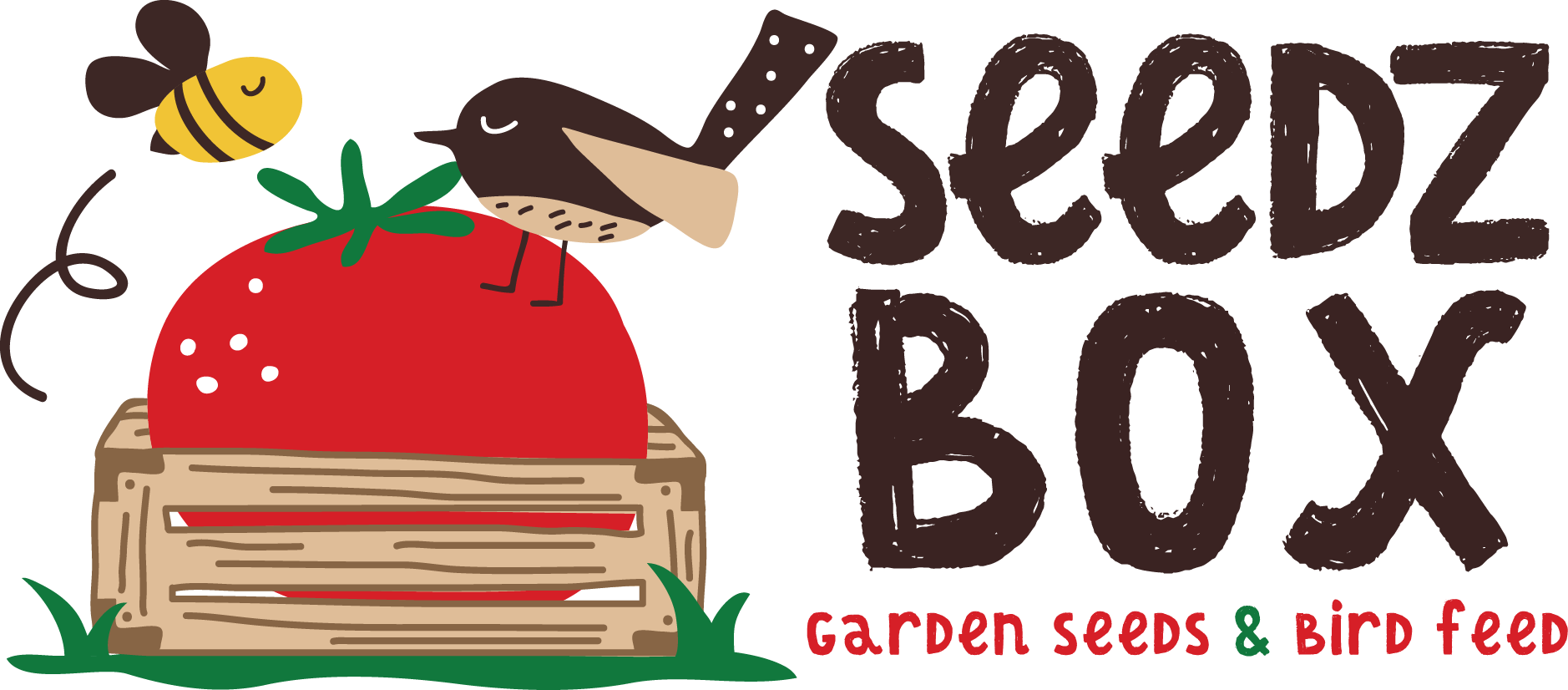
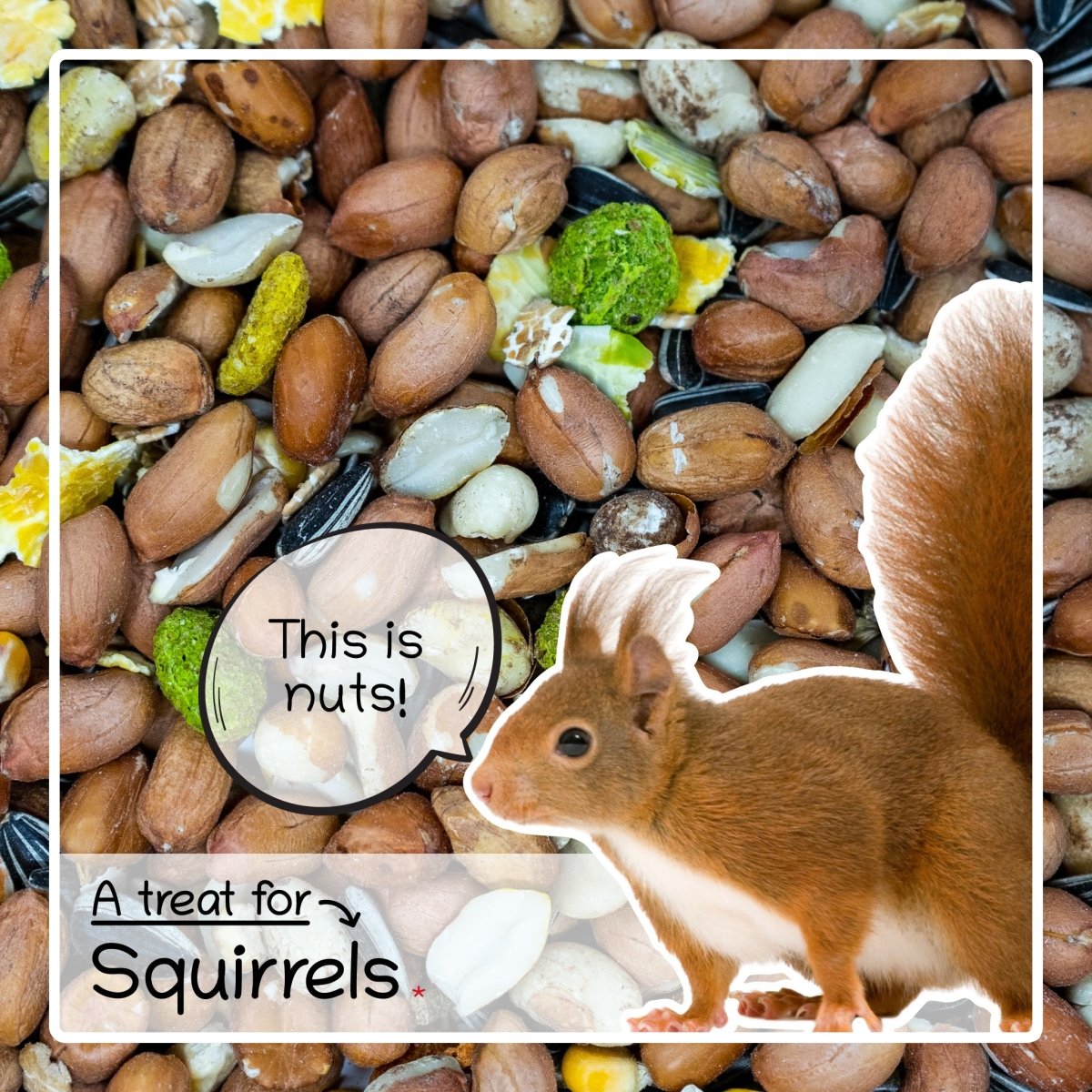
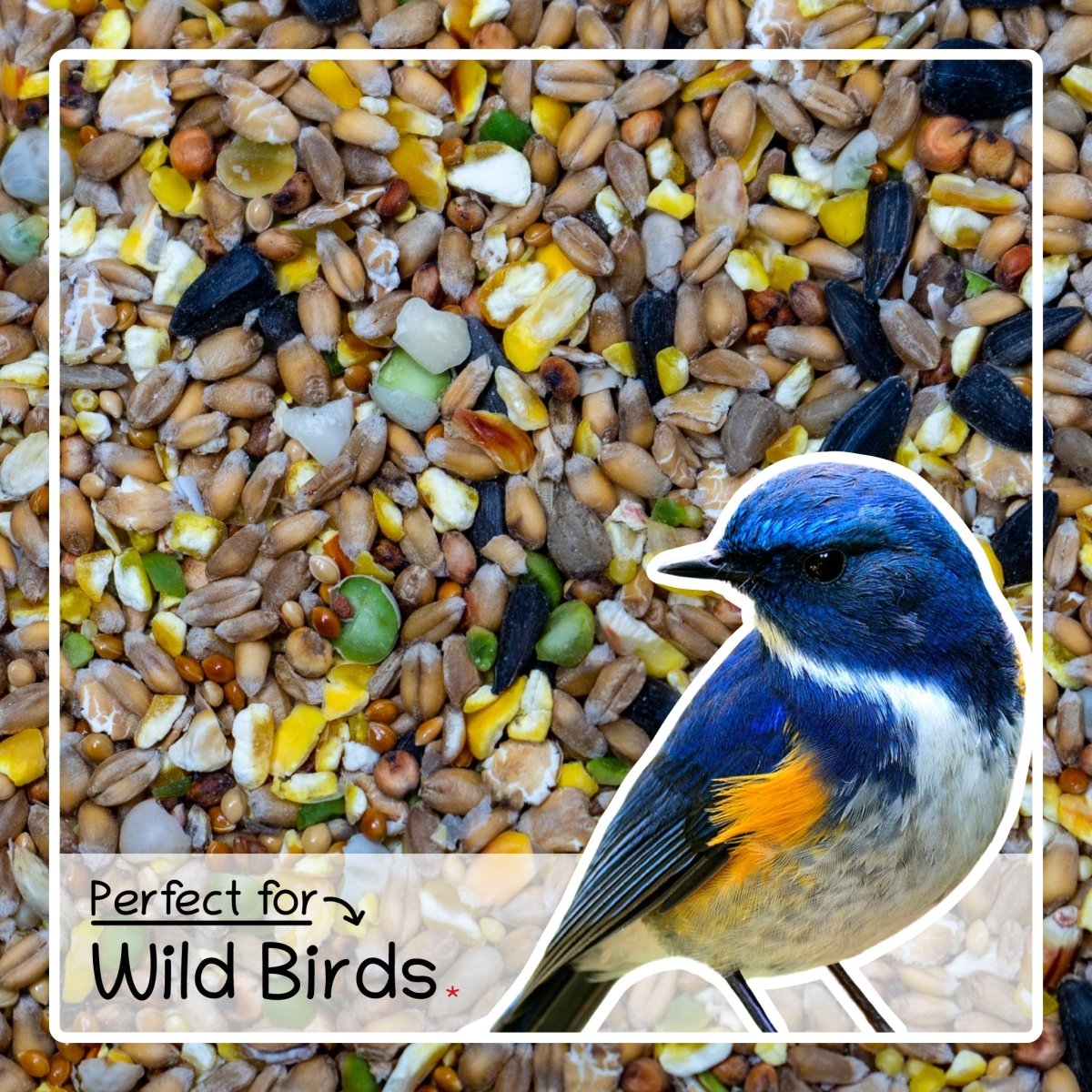
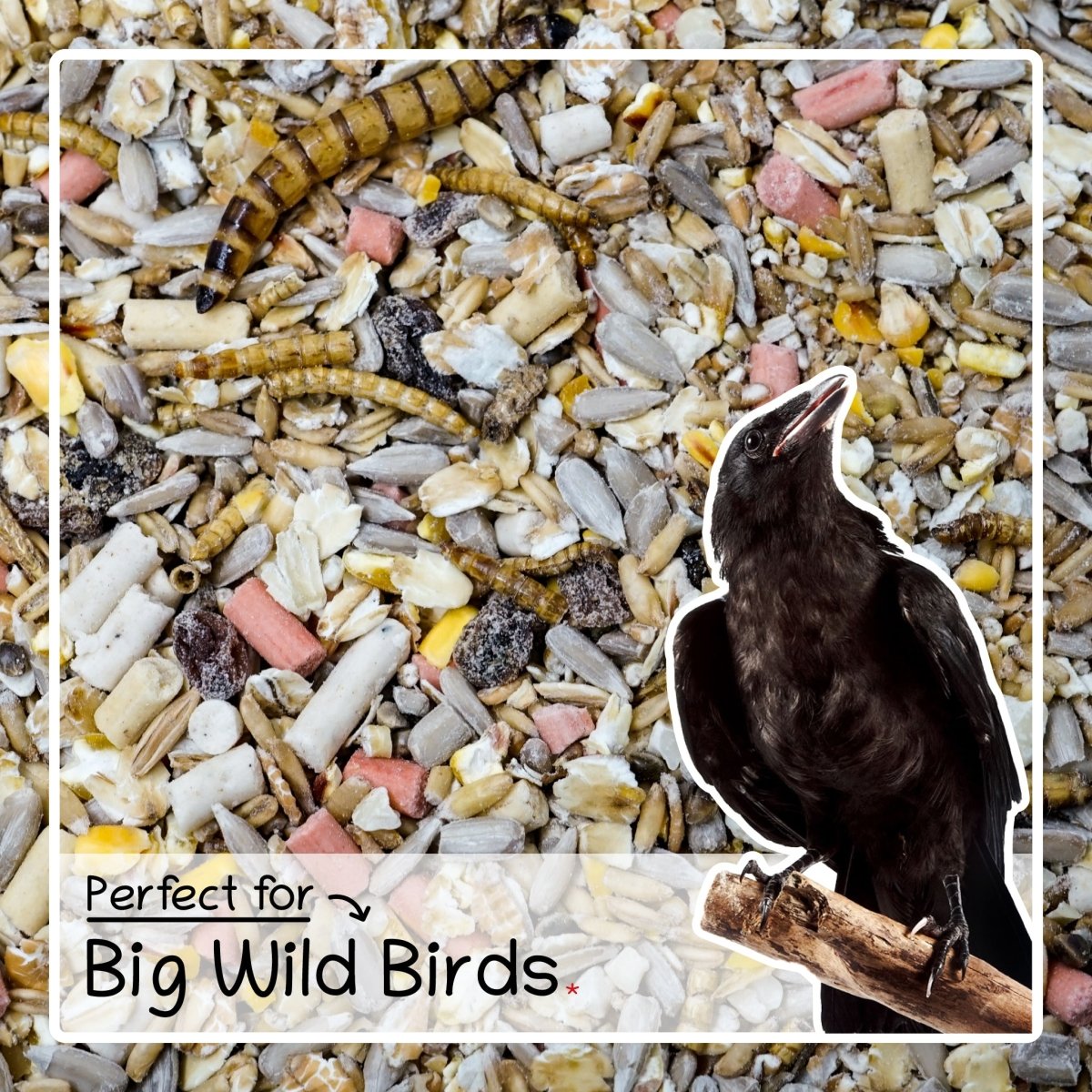
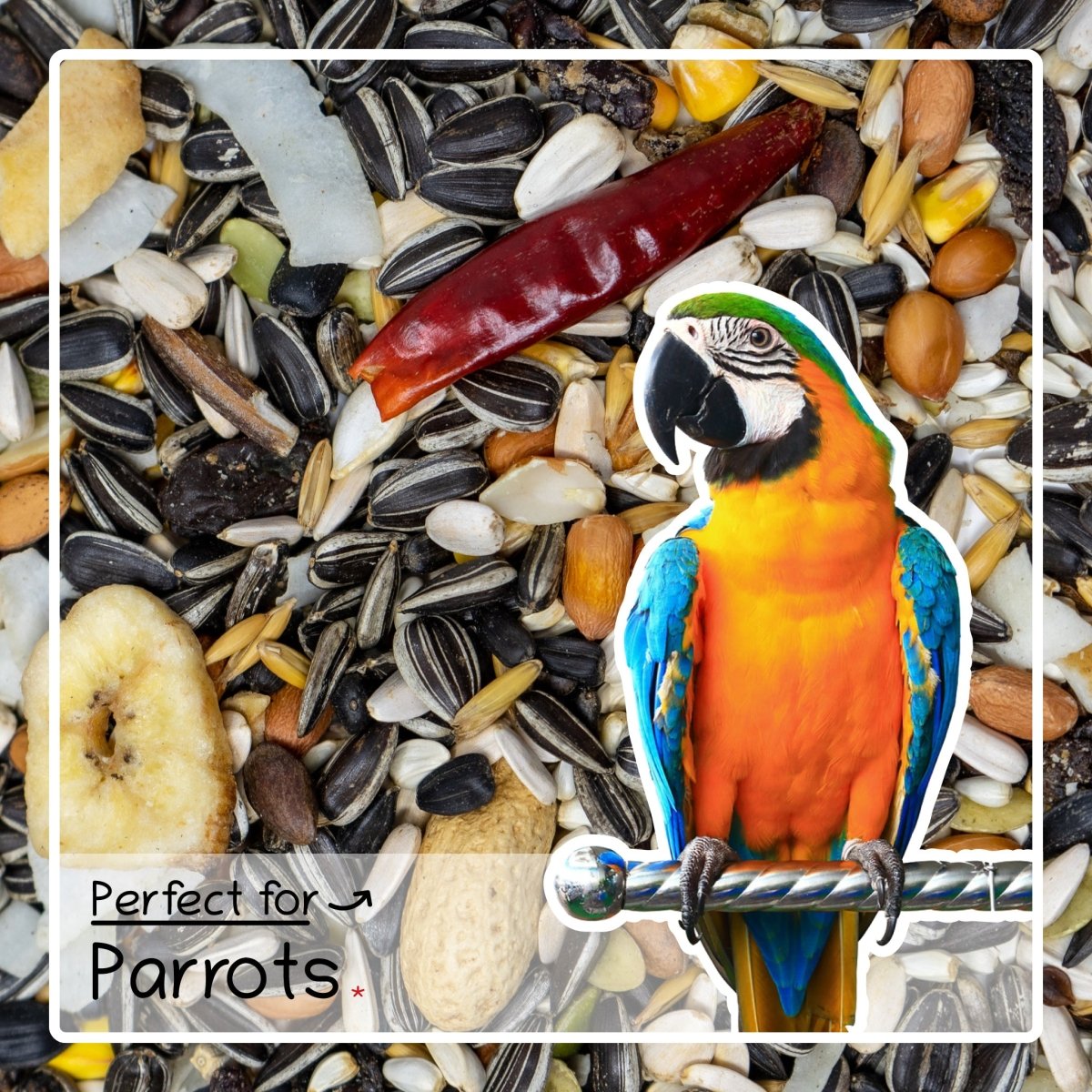
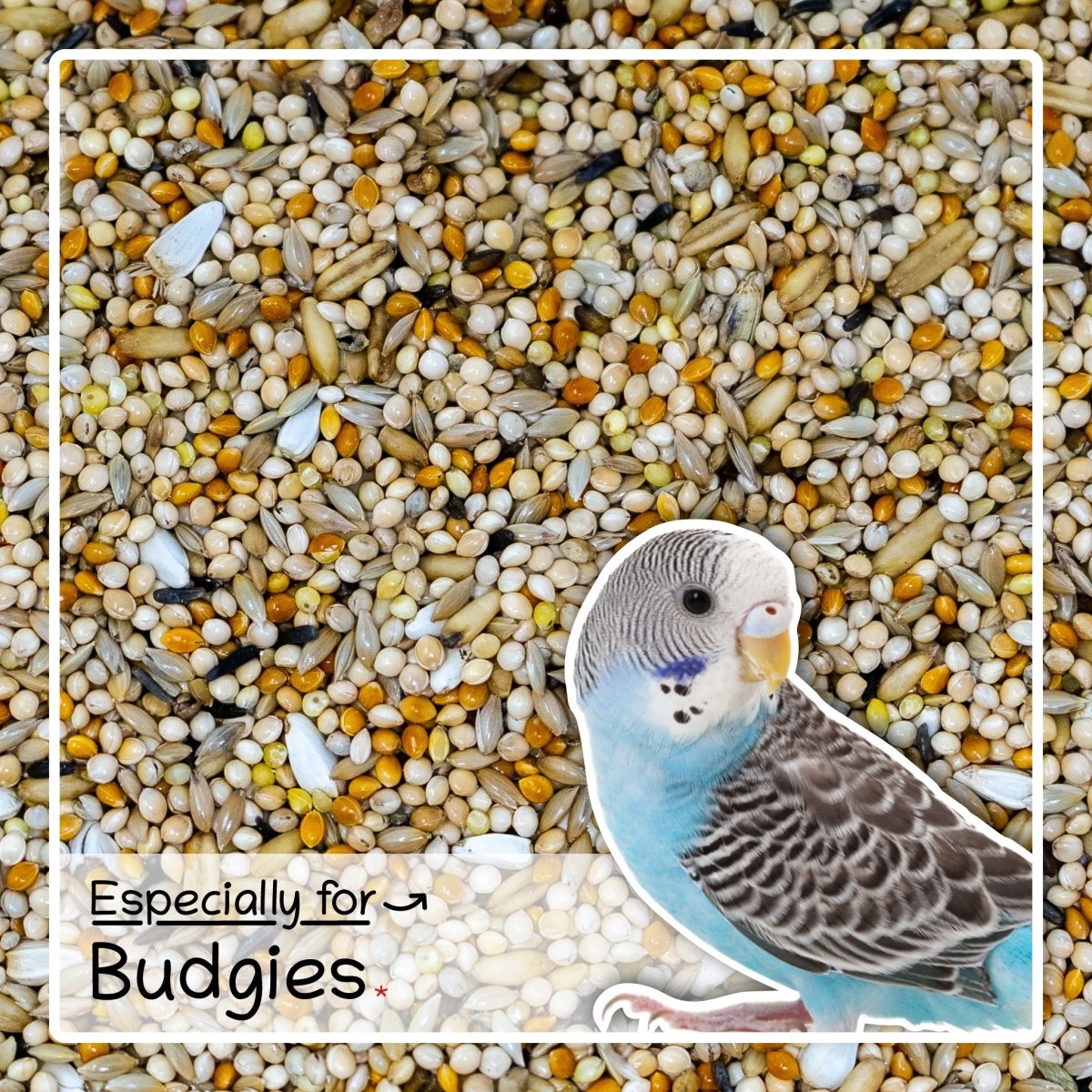
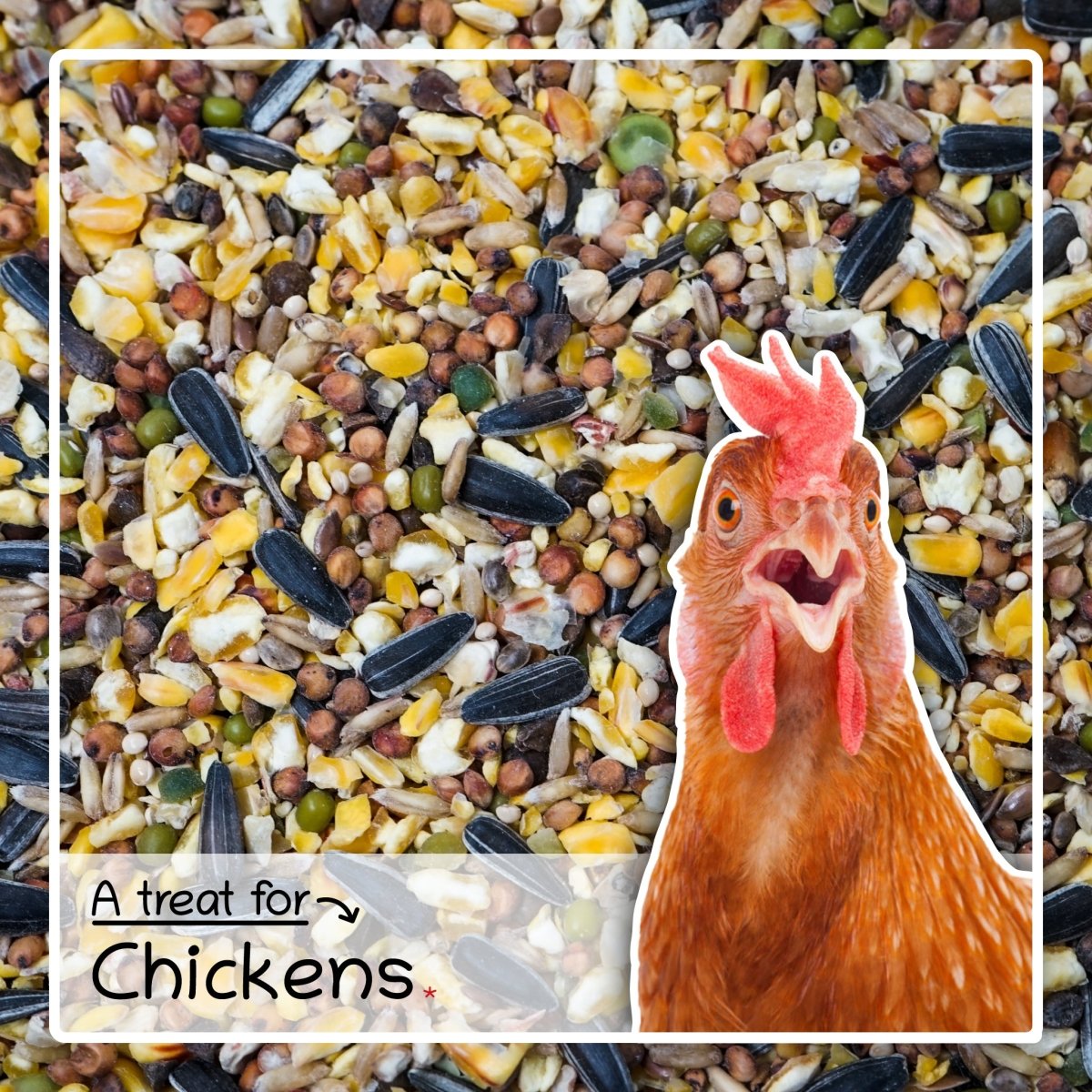
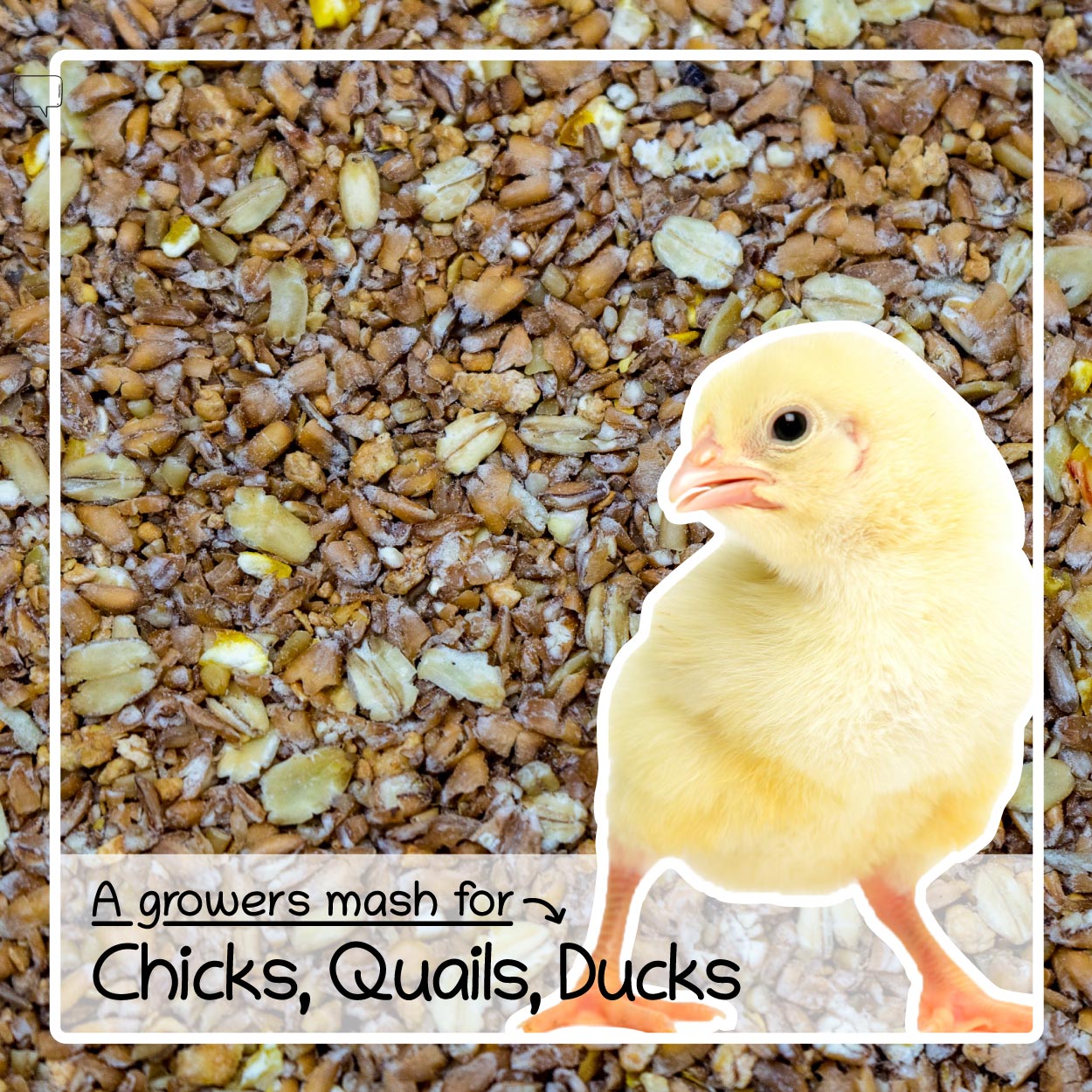
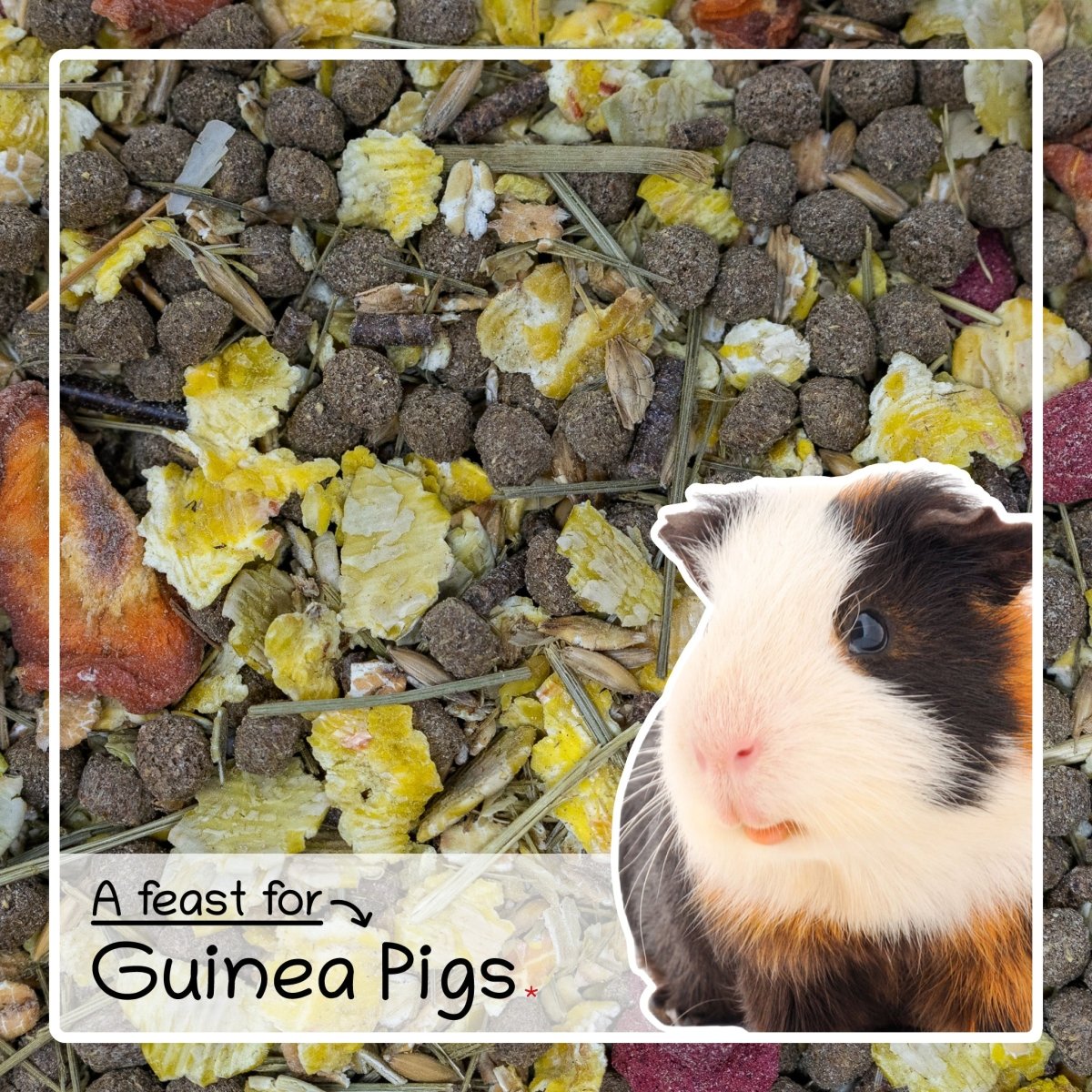
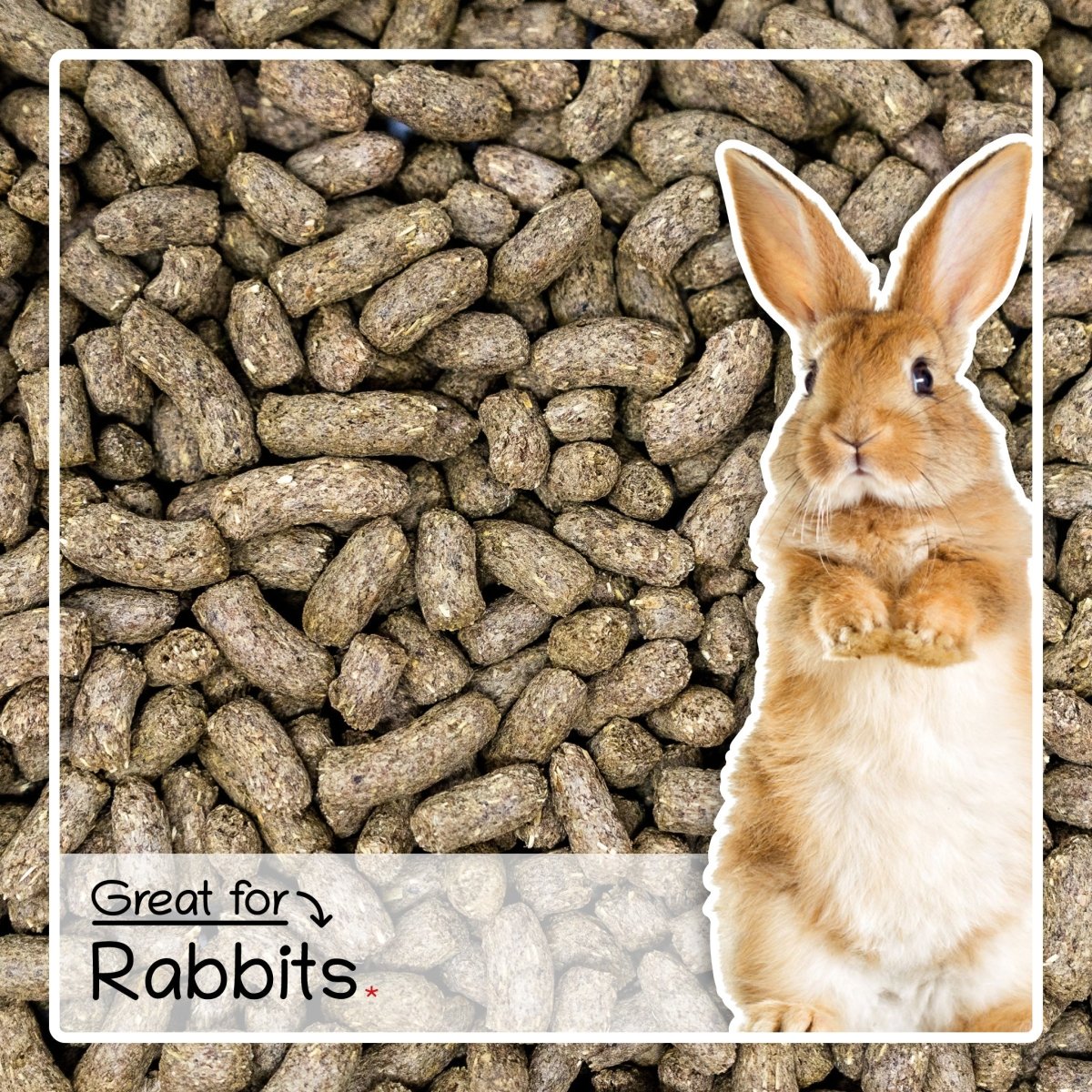
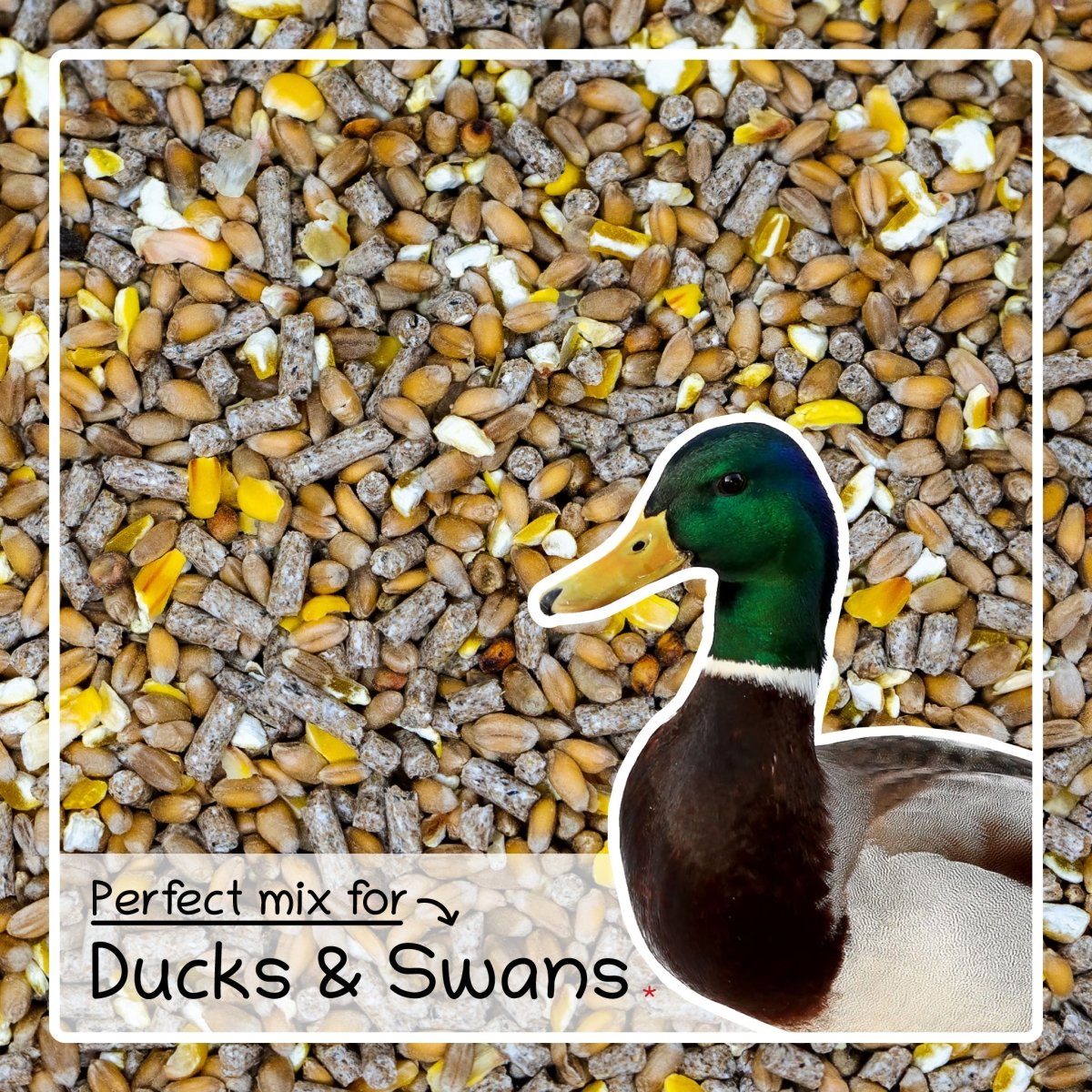
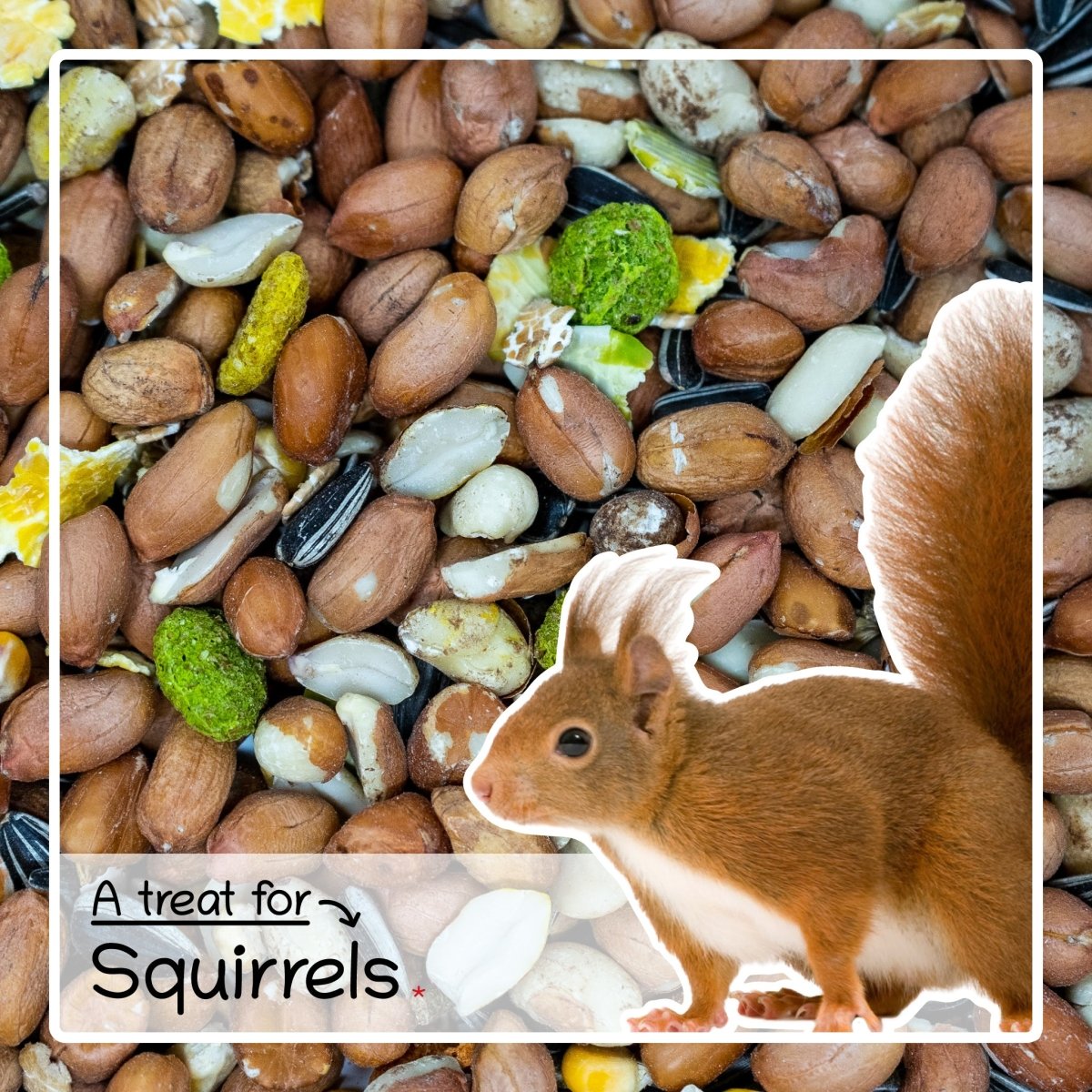


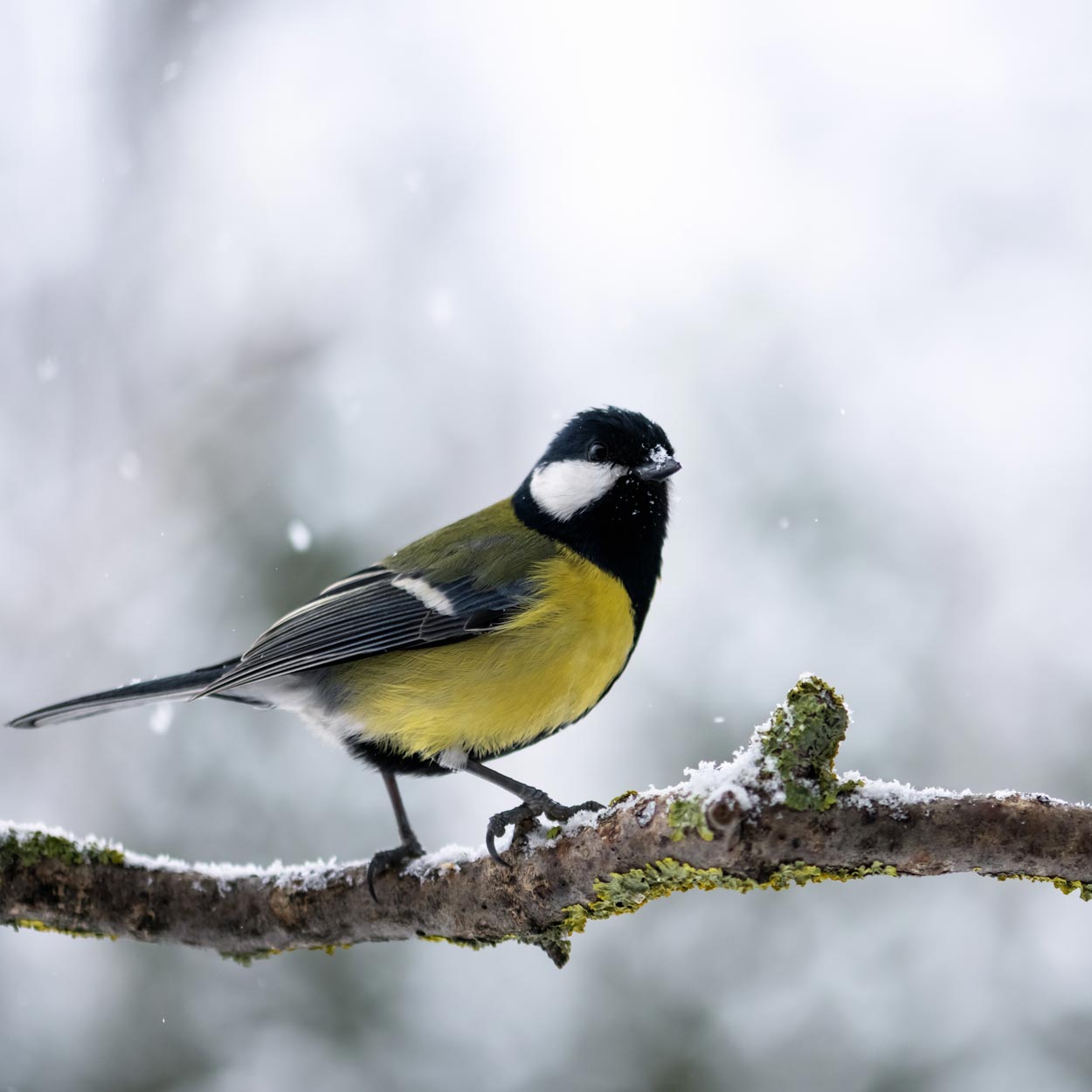
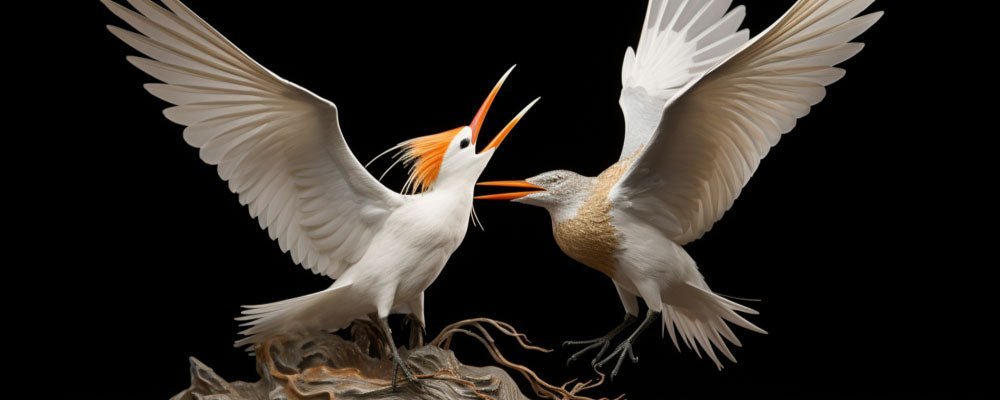
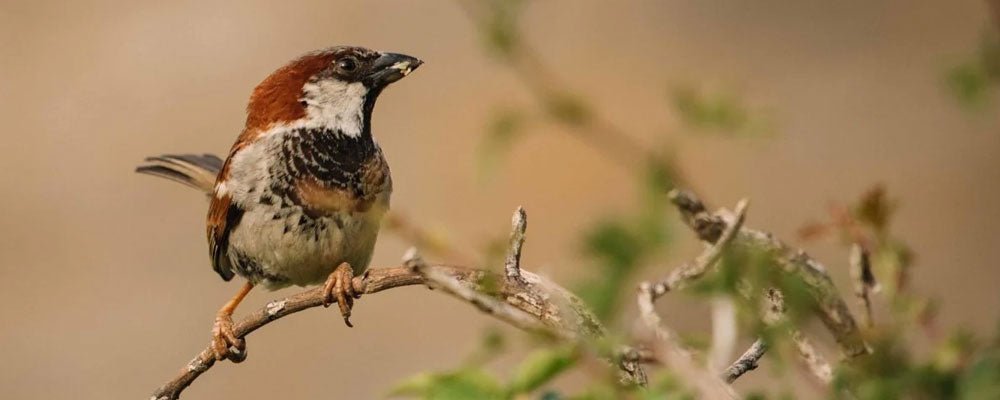
Leave a comment
This site is protected by hCaptcha and the hCaptcha Privacy Policy and Terms of Service apply.